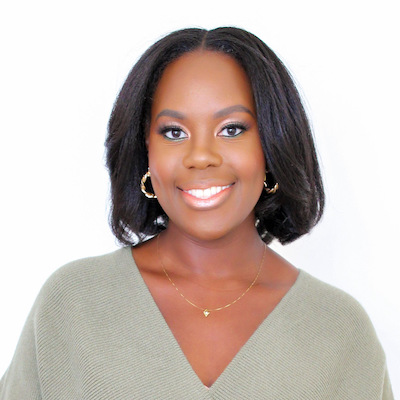Spatial journalism will see its day in the sun
The pandemic upended every aspect of life in the world, and the news industry is no exception. But I’m optimistic that 2022 will be a different year.
The pandemic has shown the power of locative data and its connection to the user. People have spent more time using digital tools to find resources in their immediate neighborhood: getting food delivered, supporting a local business a block away, checking the number of Covid-19 cases in their city, and finding parks or nature spaces to escape to amid all the craziness.
These motivations for information nearby (and the behaviors that fulfill them) are now happening more than ever. The location-based services industry is estimated to be worth $48.5 billion by 2026. For local news organizations, this poses a unique and important opportunity to connect the dots — all the pieces of information tied to places and spaces in their community — in order to let the public learn more about what’s happening around them.
I have spent six years exploring how space and place are impacting journalism and storytelling through the lens of spatial journalism. Spatial journalism is here, and it’s ready for news organizations that are ready to embrace it.
Spatial journalism is not about just using locative technology. It’s also about understanding how spaces and places create meaning for the user. It’s a mindset and a framework to work from. From that point, one can use a variety of approaches to convey the spatial information to the user: maps, geolocation, location segmentation, or customization.
This kind of place-based knowledge that can be constructed from connecting spatial data and information is what I wrote about in 2014 and is what’s happening now in 2021. Users are seeking location-based information to make daily decisions in their lives. Factal, BK Reader, and the LenFest Local Lab are among the pioneering organizations that have embraced this approach. In fact, The New York Times’s R&D department also recently created a special area devoted to spatial journalism.
Connecting spaces and places to information might be considered common sense. But the mindset and framework to employ a spatial understanding of the community aren’t typical in journalism. This kind of spatial understanding has long been a part of other fields, like architecture, geography, and urban planning — but less so in news.
That can change. When news organizations are in a moment of self-reflection and upheaval, the opportunity to change the dominant narrative is there. There can be a change to how communities are understood, covered, and connected when we revisit the idea of spaces and places through the creation of spatial narratives, place-based knowledge, and locative data.
Amy Schmitz Weiss is a professor in the School of Journalism and Media Studies at San Diego State University.
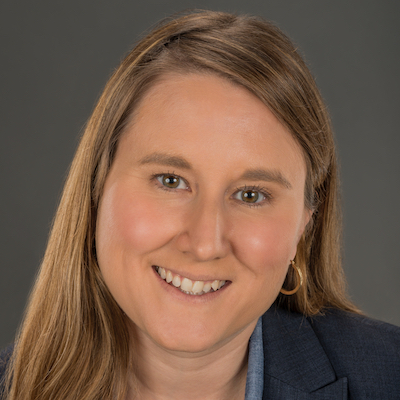
The pandemic upended every aspect of life in the world, and the news industry is no exception. But I’m optimistic that 2022 will be a different year.
The pandemic has shown the power of locative data and its connection to the user. People have spent more time using digital tools to find resources in their immediate neighborhood: getting food delivered, supporting a local business a block away, checking the number of Covid-19 cases in their city, and finding parks or nature spaces to escape to amid all the craziness.
These motivations for information nearby (and the behaviors that fulfill them) are now happening more than ever. The location-based services industry is estimated to be worth $48.5 billion by 2026. For local news organizations, this poses a unique and important opportunity to connect the dots — all the pieces of information tied to places and spaces in their community — in order to let the public learn more about what’s happening around them.
I have spent six years exploring how space and place are impacting journalism and storytelling through the lens of spatial journalism. Spatial journalism is here, and it’s ready for news organizations that are ready to embrace it.
Spatial journalism is not about just using locative technology. It’s also about understanding how spaces and places create meaning for the user. It’s a mindset and a framework to work from. From that point, one can use a variety of approaches to convey the spatial information to the user: maps, geolocation, location segmentation, or customization.
This kind of place-based knowledge that can be constructed from connecting spatial data and information is what I wrote about in 2014 and is what’s happening now in 2021. Users are seeking location-based information to make daily decisions in their lives. Factal, BK Reader, and the LenFest Local Lab are among the pioneering organizations that have embraced this approach. In fact, The New York Times’s R&D department also recently created a special area devoted to spatial journalism.
Connecting spaces and places to information might be considered common sense. But the mindset and framework to employ a spatial understanding of the community aren’t typical in journalism. This kind of spatial understanding has long been a part of other fields, like architecture, geography, and urban planning — but less so in news.
That can change. When news organizations are in a moment of self-reflection and upheaval, the opportunity to change the dominant narrative is there. There can be a change to how communities are understood, covered, and connected when we revisit the idea of spaces and places through the creation of spatial narratives, place-based knowledge, and locative data.
Amy Schmitz Weiss is a professor in the School of Journalism and Media Studies at San Diego State University.
Cristina Tardáguila
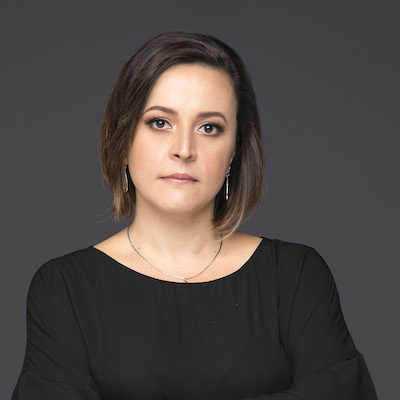
Anika Anand

Juleyka Lantigua

Catalina Albeanu

j. Siguru Wahutu

Sarah Marshall

Burt Herman

Chase Davis

James Green

Francesco Zaffarano

Christina Shih

Ståle Grut

Tony Baranowski

Anita Varma
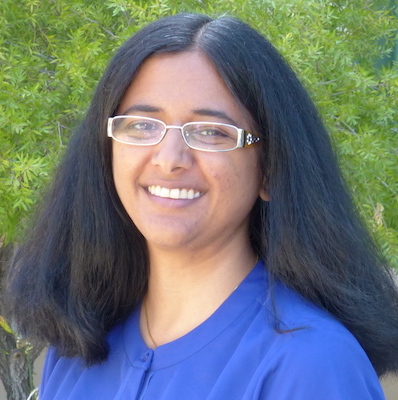
Cindy Royal

Daniel Eilemberg

Jody Brannon

Jim Friedlich

Stephen Fowler

Doris Truong

Chicas Poderosas

Joe Amditis

Joshua P. Darr

Kendra Pierre-Louis

Kristen Jeffers
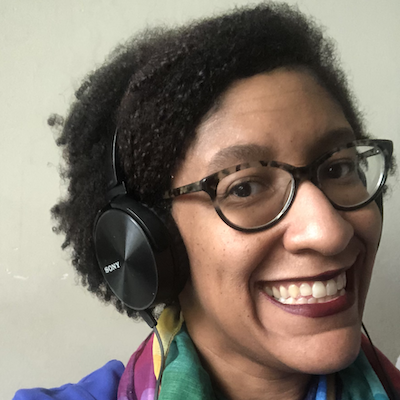
Izabella Kaminska
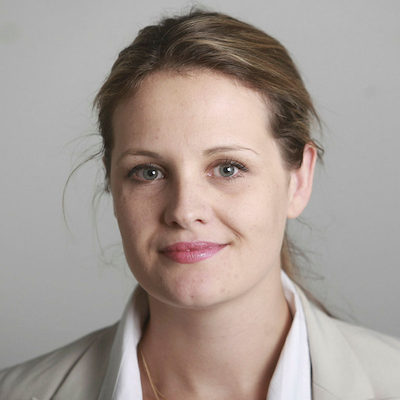
Melody Kramer

Megan McCarthy

Amara Aguilar

Ariel Zirulnick
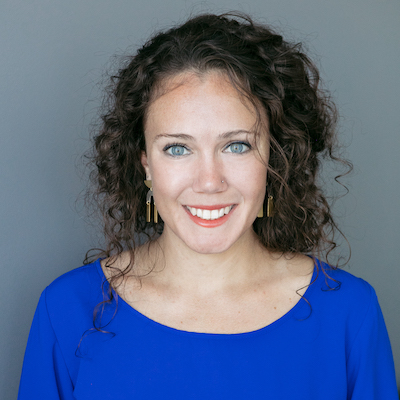
Larry Ryckman

Alice Antheaume
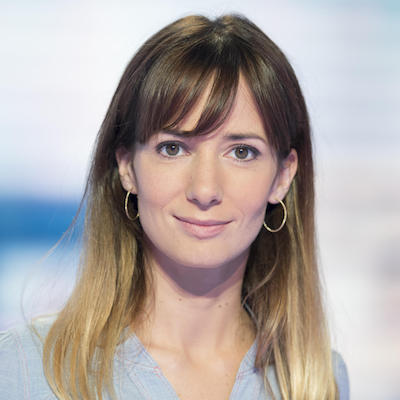
Gonzalo del Peon

Parker Molloy

Richard Tofel

Errin Haines

Shalabh Upadhyay
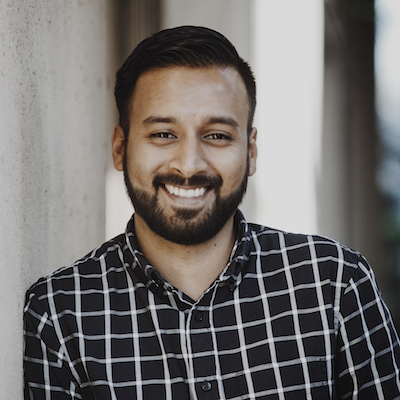
Millie Tran
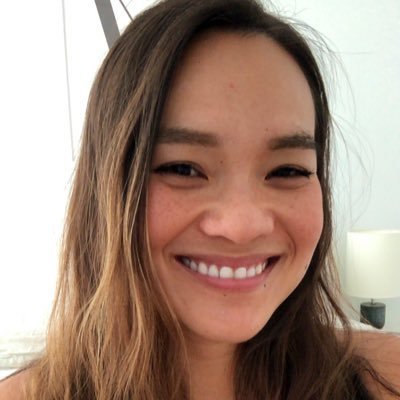
Laxmi Parthasarathy

Michael W. Wagner

Tom Trewinnard

Jennifer Brandel

Mandy Jenkins

Nikki Usher

Kristen Muller

Mario García
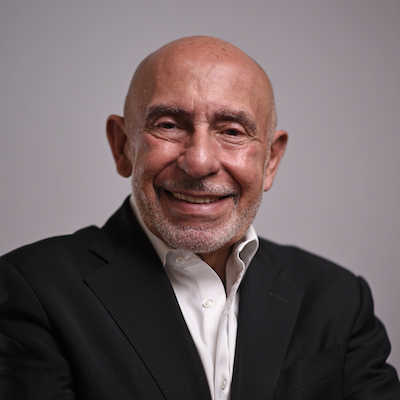
Jonas Kaiser

David Skok

Gabe Schneider

Julia Munslow

Sam Guzik

Janelle Salanga

Mary Walter-Brown

Jesenia De Moya Correa
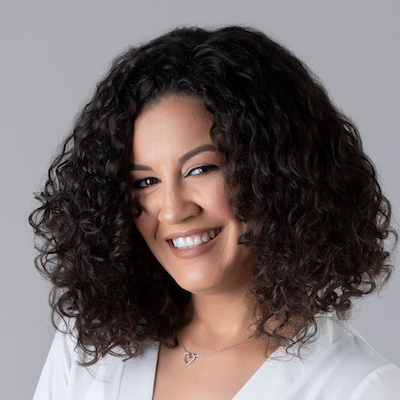
Amy Schmitz Weiss

Meena Thiruvengadam
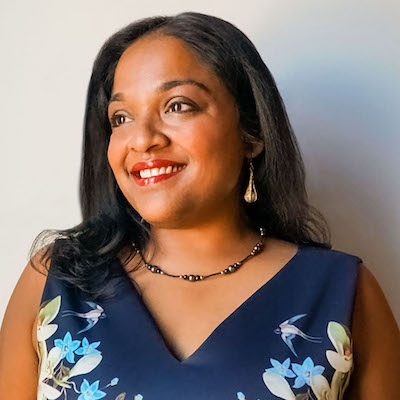
Robert Hernandez
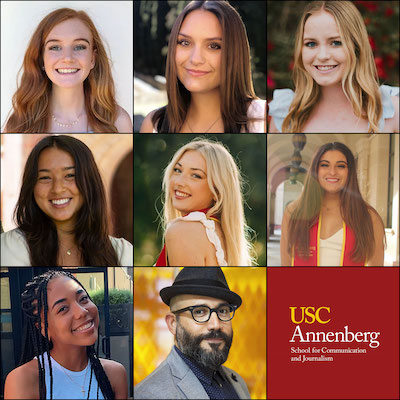
Matt Karolian

S. Mitra Kalita
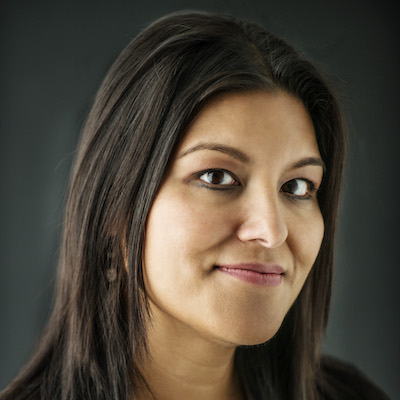
Rasmus Kleis Nielsen

Jennifer Coogan

Gordon Crovitz

Andrew Freedman

Simon Galperin

David Cohn

Paul Cheung

Anthony Nadler

Don Day

Joni Deutsch

Joy Mayer

Simon Allison

Matthew Pressman

Moreno Cruz Osório

Rachel Glickhouse

Brian Moritz

Julia Angwin

Sarah Stonbely

Kathleen Searles Rebekah Trumble

Cherian George
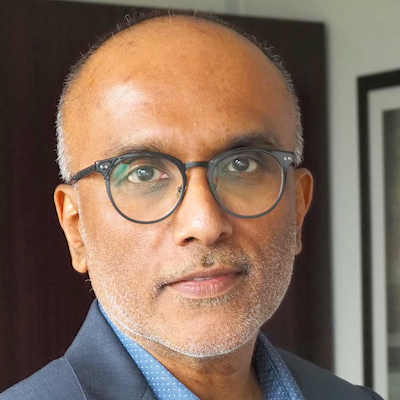
John Davidow

Whitney Phillips

Zizi Papacharissi
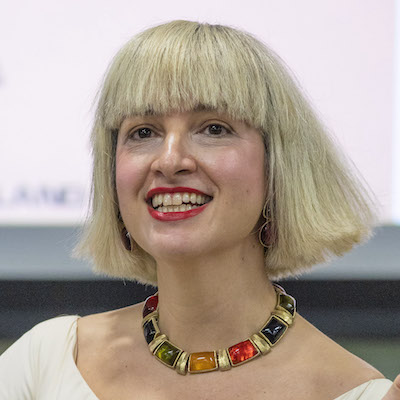
Eric Nuzum

Wilson Liévano
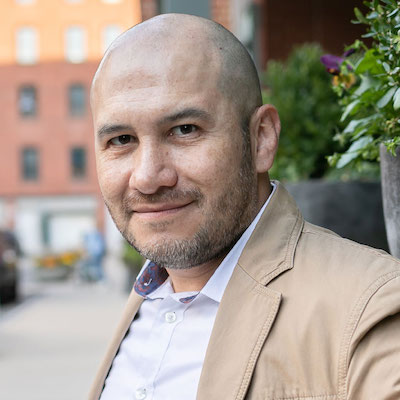
Victor Pickard

Matt DeRienzo

Joanne McNeil

Jesse Holcomb

Mike Rispoli
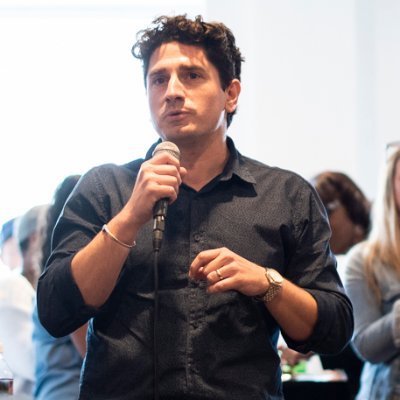
Stefanie Murray

Tamar Charney

AX Mina

Shannon McGregor Carolyn Schmitt

Kerri Hoffman
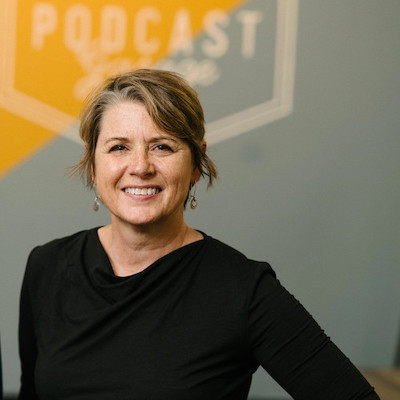
Jessica Clark

A.J. Bauer

Natalia Viana

Christoph Mergerson
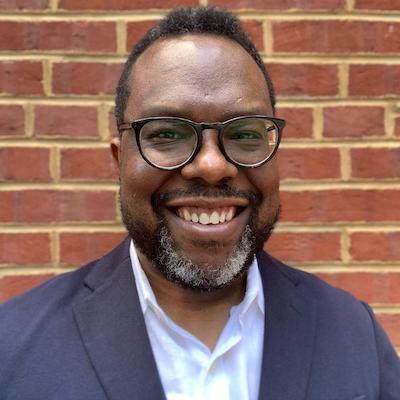
Raney Aronson-Rath

Candace Amos
